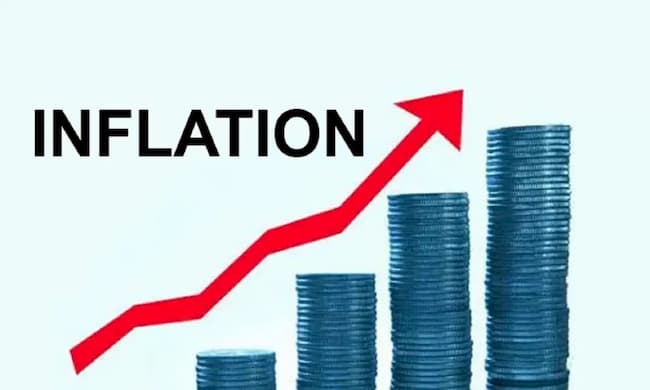Nigeria’s inflation rate is projected to continue its upward trend, driven by rising logistics costs and exchange rate pressures impacting food prices across the country. Analysts anticipate this increase ahead of October’s monthly inflation report.
Cowry Asset Limited forecasts inflation to reach 33.10% in October, attributing this rise to recent petrol price hikes and flooding in certain regions. Additional concerns stem from disruptions in food supply chains due to insecurity and currency depreciation. Analysts warn that without government intervention to address high petrol prices and reduce scarcity, core inflation may remain elevated.
Cowry Asset emphasized that absent decisive action, rising transportation costs could further impact headline inflation, which has been exacerbated by fuel price hikes, currency depreciation, and agricultural disruptions. As these factors strain household budgets, consumer spending has declined significantly.
Despite efforts by the Central Bank of Nigeria (CBN) to curb inflation through interest rate hikes and a zero-duty import policy, structural challenges—such as supply chain inefficiencies and security issues—have limited their effectiveness, Cowry Asset Limited reported.
In 2024, Nigeria’s inflation rate has been volatile, primarily due to surging fuel prices, currency devaluation, and agricultural supply disruptions. These factors have driven inflation to near 30-year highs, intensifying price pressures despite high-interest rates and targeted policy measures.
In September, inflation rose again to 32.7%, largely due to sustained high food costs, widespread flooding, and persistent currency pressure. Petrol prices rose from N980 to approximately N1,050 per liter in Lagos and higher in other states, further driving inflation. Analysts at Cowry Asset predict that headline inflation could exceed 35% by December, with food prices playing a significant role.
Data from the National Bureau of Statistics (NBS) for September showed that food inflation rose to 37.77% year-on-year, up from August’s 37.52%. The increase was largely due to insecurity, high farm input costs, and flooding in key agricultural regions.
On a slightly positive note, core inflation, which excludes food and energy, eased slightly for the first time in ten months, dropping from 27.58% in August to 27.43% in September. However, Cowry Asset Limited anticipates that recent economic challenges may push core inflation higher in October.













